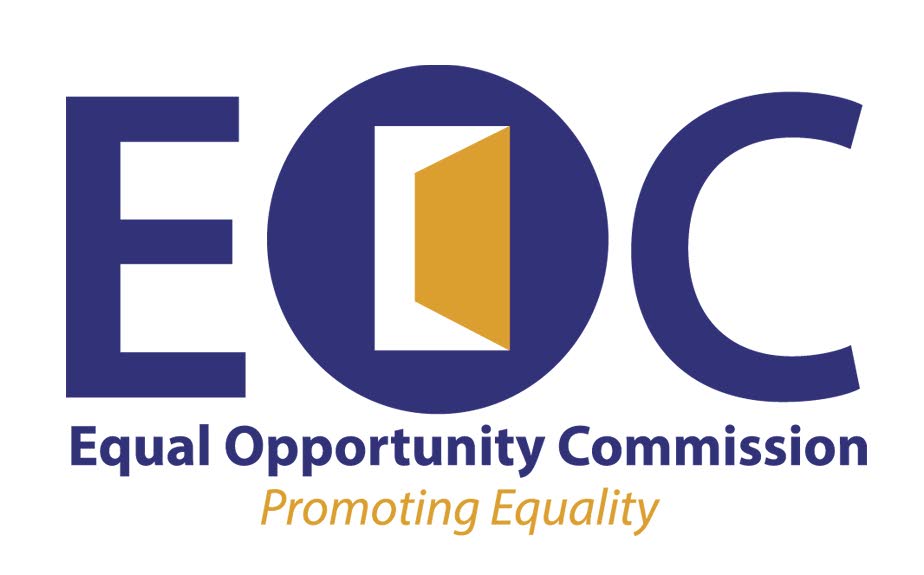Offensive behaviour on social media

SOCIAL MEDIA sites were made to connect people, but are quickly becoming a source of division and a hotbed for cyberbullying.
In recent times, choosing whether or not to be vaccinated is the hot topic, but in discussing the options there are those who intimidate, offend or humiliate others to get their point across.
This is called committing “offensive behaviour” and it is covered by the Equal Opportunity Act.
Recently there has been an increase in complaints from members of the public who have alleged that an employer or some other person has committed offensive behaviour.
However, even though there is a proliferation of individuals committing offensive behaviour on social media platforms, these are not being reported to the Equal Opportunity Commission. For many reasons, owing to the global covid19 pandemic, people who traditionally would not be present on social media or use digital tools are now turning to these platforms to do so.
Data on the anti-bullying website Bullying Statistics show that more than half of adolescents and teens have been bullied online, and about the same number have engaged in cyberbullying. However, research has shown that adults also engage in or are affected by cyberbullying.
An article in Psychology Today, “Adult Bullying: It’s More Common Than You Think,” points out that “adults can be worse than teenagers when it comes to online harassment, as this major study shows two out of five young adults have been cyberbullied.”
Cyberbullying is a form of offensive behaviour and is more than just behaviour that disrespects you or hurts your feelings. Put simply, offensive behaviour is more along the lines of hate speech in public against an ethnic or religious group and has a specific meaning under section 7 of the Equal Opportunity Act. It must meet the following three criteria:
1. The conduct or statement must be reasonably likely in all of the circumstances to insult, offend, humiliate or intimidate another person or group of people.
2. The conduct or statement must be done because of the gender, race, ethnicity, origin or religion of the other person or of some or all of the people in the group.
3. The conduct must be done, or statement must be made, with the intention of inciting gender, racial or religious hatred.
Apart from these criteria, there is the preamble that the act must be “otherwise than in private.” The act must have been done in a public domain, that is, in a public space or in a space where the words, sounds, images or writing are communicated to the public. In addition to posts on social media, this can include an act in person in the public domain, a newspaper article or a radio or television programme.
The criteria for offensive behaviour are both objective and subjective.
Objective: The conduct or statement must reasonably likely in all of the circumstances insult, offend, humiliate or intimidate another person or group of people.
Therefore, the question is not, “How did the act affect the complainant?” This would be subjective to him/her.
Rather, the conduct or statement must be looked at objectively to see whether, in those circumstances, it is reasonable that the person or members of the group that the complainant belonged to would feel insulted or humiliated.
Subjective: the conduct must be done, or statement must be made, with the intention of inciting hatred towards people of the particular gender, race or religion.
In one matter that the EOC investigated, the person who did the acts said his intention was to insult the complainant personally, and not to incite hatred against any group. If this were correct, then his actions, while offensive personally to the complainant, would not be offensive behaviour.
In further articles we will discuss some of these points in more detail.
Lodge a complaint at the EOC’s website, www.equalopportunity.gov.tt or send an e-mail to complaints@eoc.gov.tt if you have been a victim of offensive behaviour on social media or otherwise



Comments
"Offensive behaviour on social media"